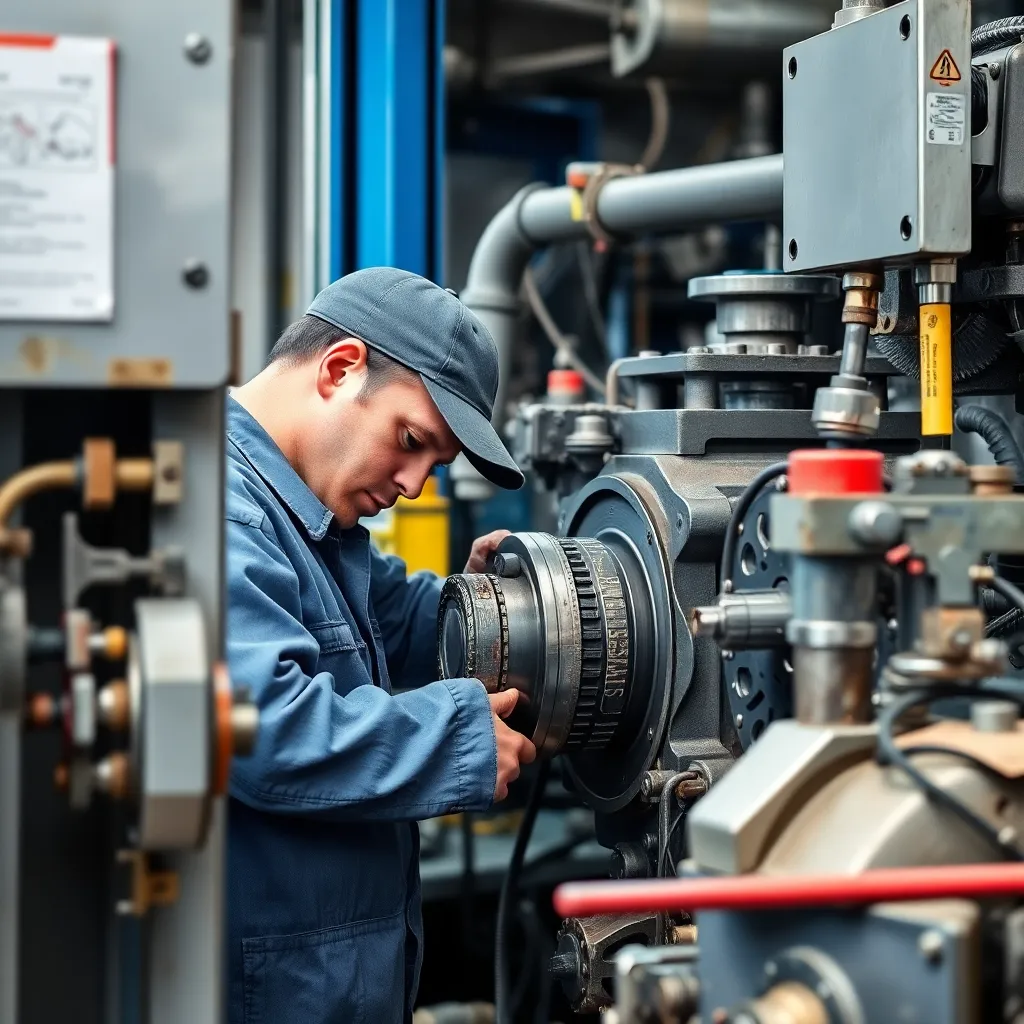Repair
Repair involves restoring a damaged or malfunctioning piece of equipment or component to its proper working condition. This can include replacing parts, fixing issues, and performing tests to ensure functionality. Effective repair work is essential in maintenance to minimize downtime, extend the lifespan of equipment, and maintain operational efficiency.

Key Takeaways:
- Repair is essential for restoring equipment and maintaining operational efficiency.
- It works in conjunction with predictive maintenance, condition monitoring, and preventative maintenance strategies.
- Misconceptions include viewing repair as purely reactive and limited to physical damages.
Repair refers to the process of restoring equipment, machinery, or structures to a functional state. In the maintenance industry, the term encompasses a variety of activities aimed at fixing defects, addressing wear and tear, and ensuring that assets operate efficiently. Through effective repair strategies, organizations can minimize downtime and prolong the lifespan of their assets, ultimately contributing to improved operational performance.
One critical aspect of repair is its relationship with other maintenance strategies, such as predictive maintenance, condition monitoring, and preventative maintenance. Predictive maintenance involves assessing the condition of equipment to predict potential failures before they occur, allowing for timely repairs. Condition monitoring, on the other hand, continuously tracks the health of machinery, using advanced technologies to identify issues early. Preventative maintenance complements repair by implementing routine checks and maintenance tasks designed to prevent equipment failures, thereby reducing the need for extensive repairs in the first place.
Common misconceptions around repair include the belief that it is solely a reactive process. In reality, effective repair strategies are proactive and integrated with overall maintenance planning. For instance, a facility may utilize condition monitoring data to schedule repairs during downtime, minimizing disruption to operations. Additionally, industry professionals often misunderstand the term 'repair' as only applicable to physical damages; however, it also encompasses software updates and system recalibrations in today’s technology-driven environment.





